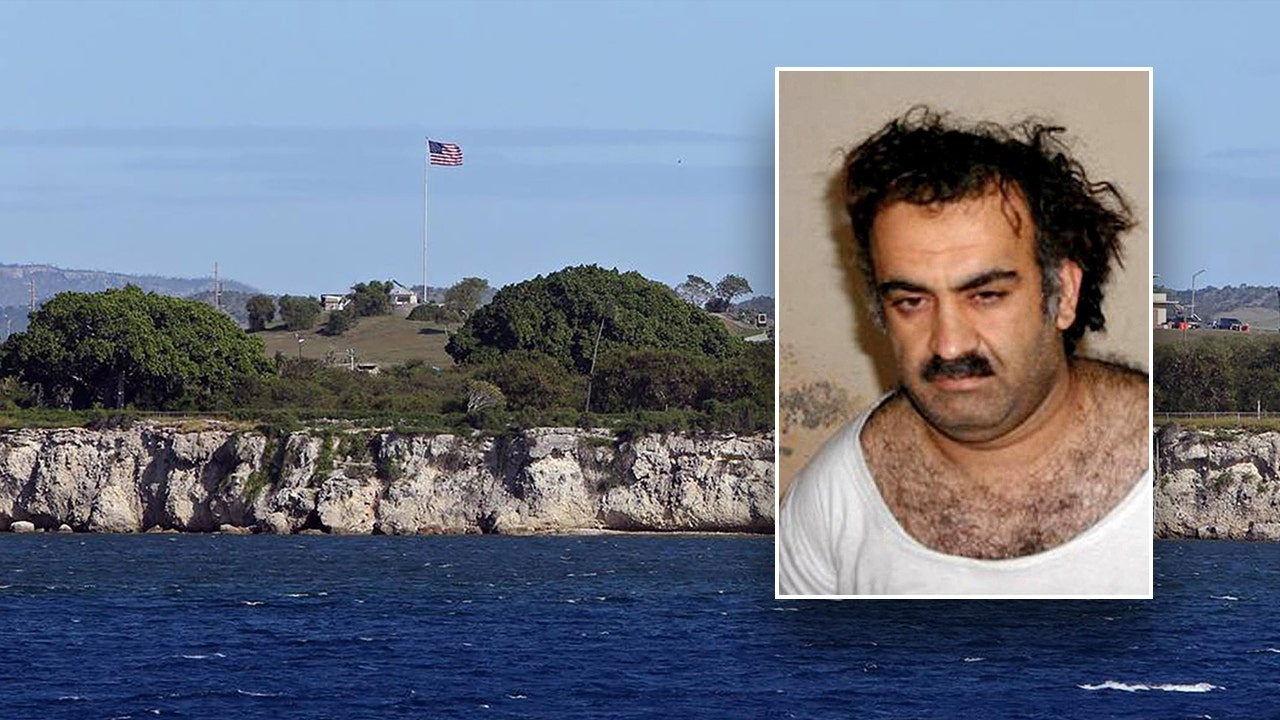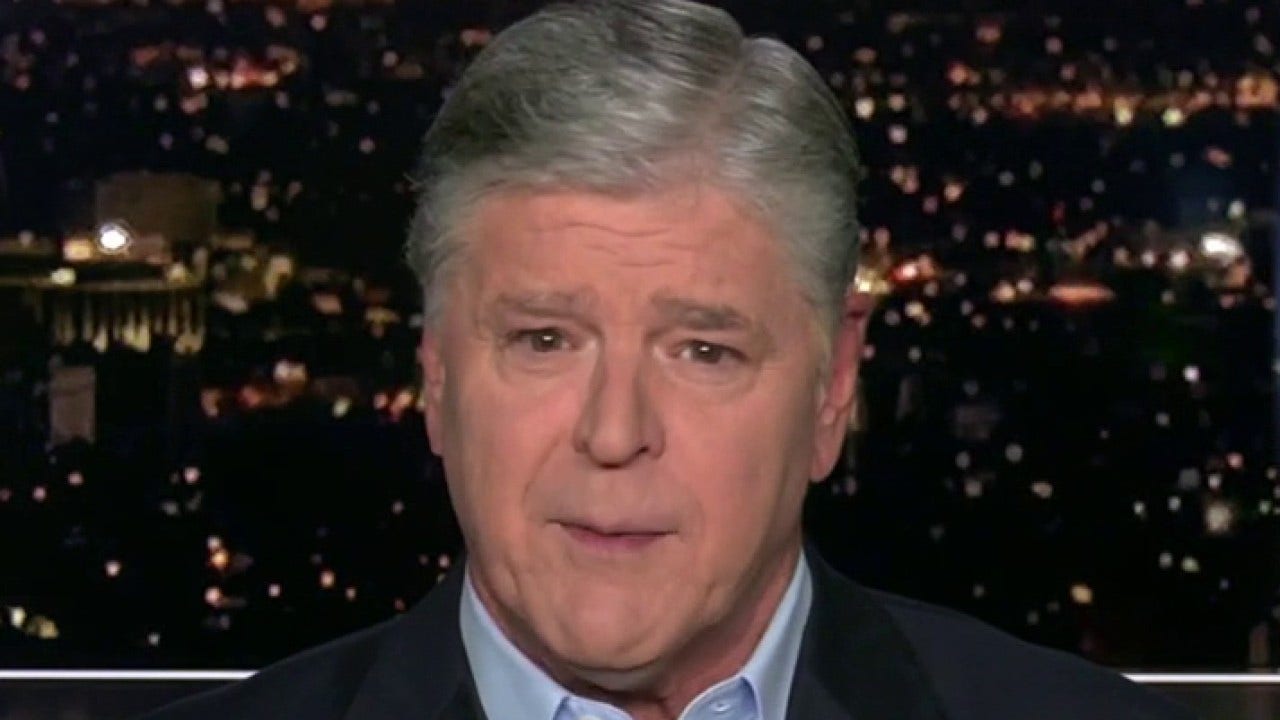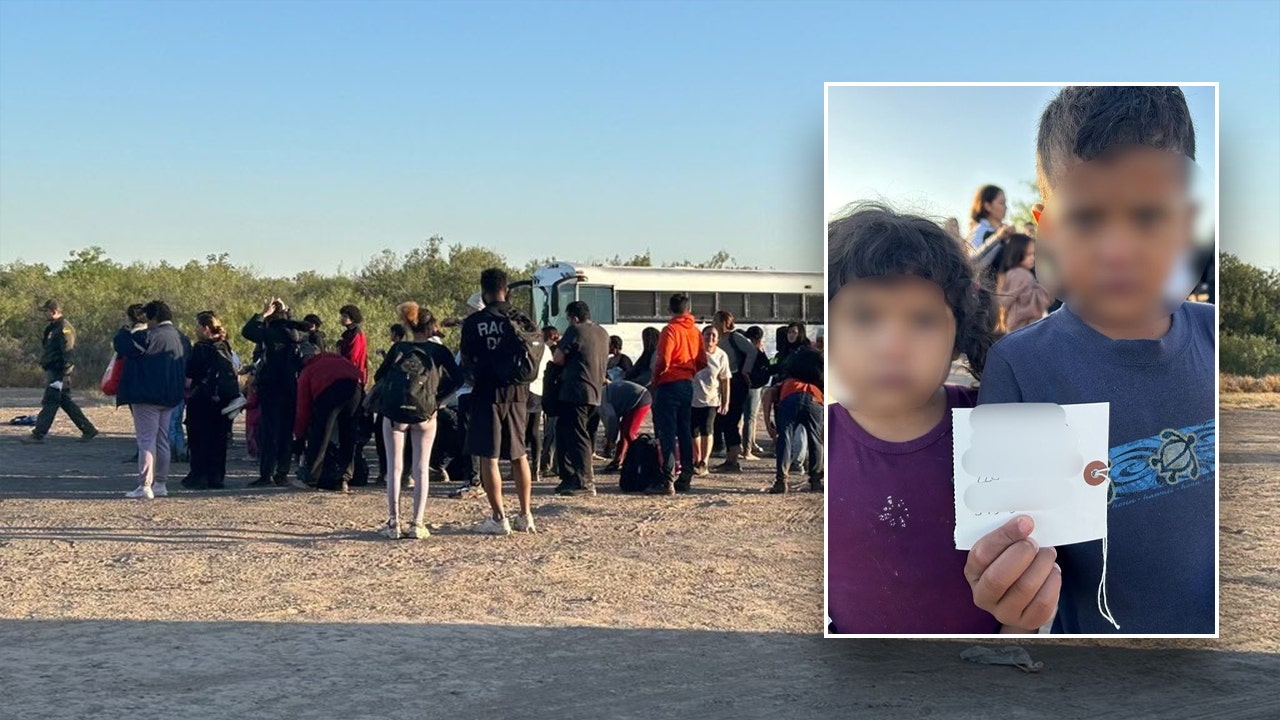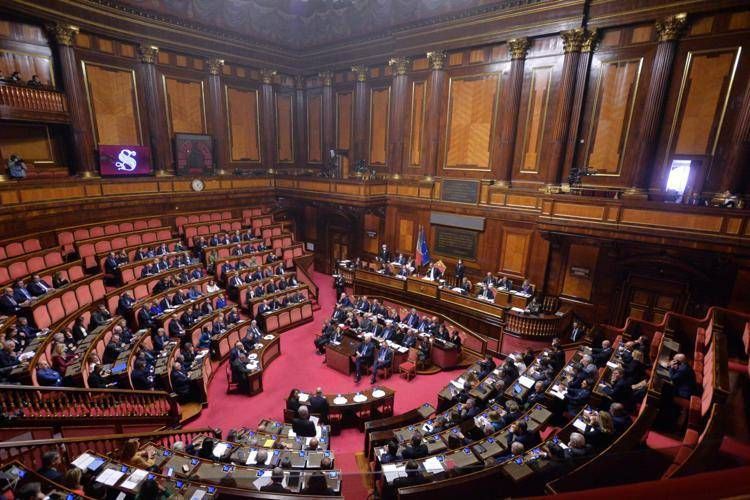A reported 90 hoax bomb threats have been made against Indian airlines in the past week, provoking international travel chaos as planes were grounded, diverted and flown to safety by fighter jet escorts.
The unprecedented surge in fake bomb threats against multiple Indian and international airlines has caused severe disruption to India’s aviation industry and created a growing sense of panic among air passengers.
Last week, there were a reported 90 bomb threats made against airlines flying domestically and to international destinations out of Indian airports. On Saturday alone, 30 hoax threats were reported, and at least 20 more threats were made to different airlines on Sunday.
Indian aviation authorities and criminal investigators have yet to uncover the source and motive of the surge in bomb threats, which are largely being sent via email or posted through anonymous accounts on social media platforms such as X. Major Indian airlines such as Air India, Vistara, SpiceJet and IndiGo have primarily been targeted but American Airlines, Jet Blue and Air New Zealand have also had threats that led to flights being diverted.
The impact on India’s airline industry has been enormous. Regulations enforce airlines to act on every threat, meaning dozens of planes have had to reroute and make emergency landings in third countries such as Turkey or Germany, or turn back to India.
On Sunday, Afghanistan refused permission for a Vistara flight bound for Frankfurt to make an emergency landing after it received a bomb threat, forcing the plane to turn back to India.
India’s air travel sector has been booming, with domestic air traffic carrying 152 million passengers in 2023. Over the past week, passengers have been left enraged as their travel has been delayed, sometimes by days, and airlines are facing huge financial losses.
Last week, an Air India Boeing 777 en route from Delhi to Chicago was diverted to the remote Canadian town of Iqaluit due to a bomb threat. The 200 passengers on board wereflown to Chicago onboard a Canadian air force plane, landing the next day.
In incidents in Singapore and the UK last week, fighter jets were dispatched to escort Indian flights that had been issued with bomb threats.
India’s civil aviation minister, K Ram Mohan Naidu, described the surge in hoax threats as a “matter of grave concern” and said that those “responsible for the disruptions will be identified and duly prosecuted”.
The scale of the threats over the past week is far beyond anything India’s aviation industry has had to deal with before. Between 2014 and 2017, Indian flights received about 120 bomb threats in total.
Officials have made one arrest of a minor, and introduced rules that anyone found involved in a bomb hoax will be put on a no-fly list. However, officials are still scrambling to get to the bottom of the issue, as the threats continue to come in unstopped.
An aviation security official who spoke to Indian media described a pattern in how the threats were being issued. “A threat is given using social media or through a phone call, and then suddenly similar threats start to appear within a short span of time,” they said.
They said while the motive was still to be determined, it was clearly intended to “disturb the aviation sector, create panic, and keep the agencies on their toes”.

 1 mese fa
5
1 mese fa
5















 English (US) ·
English (US) ·